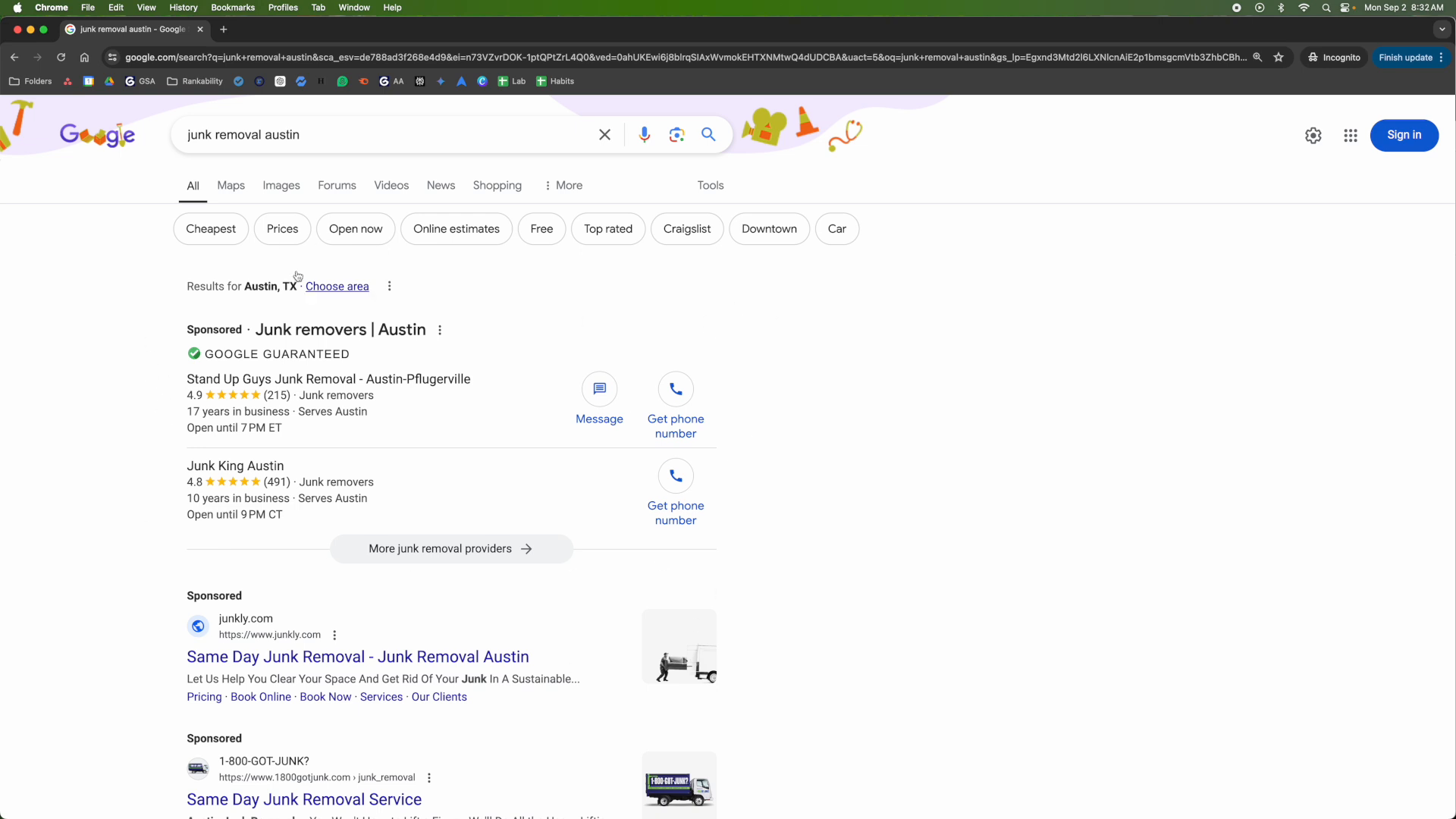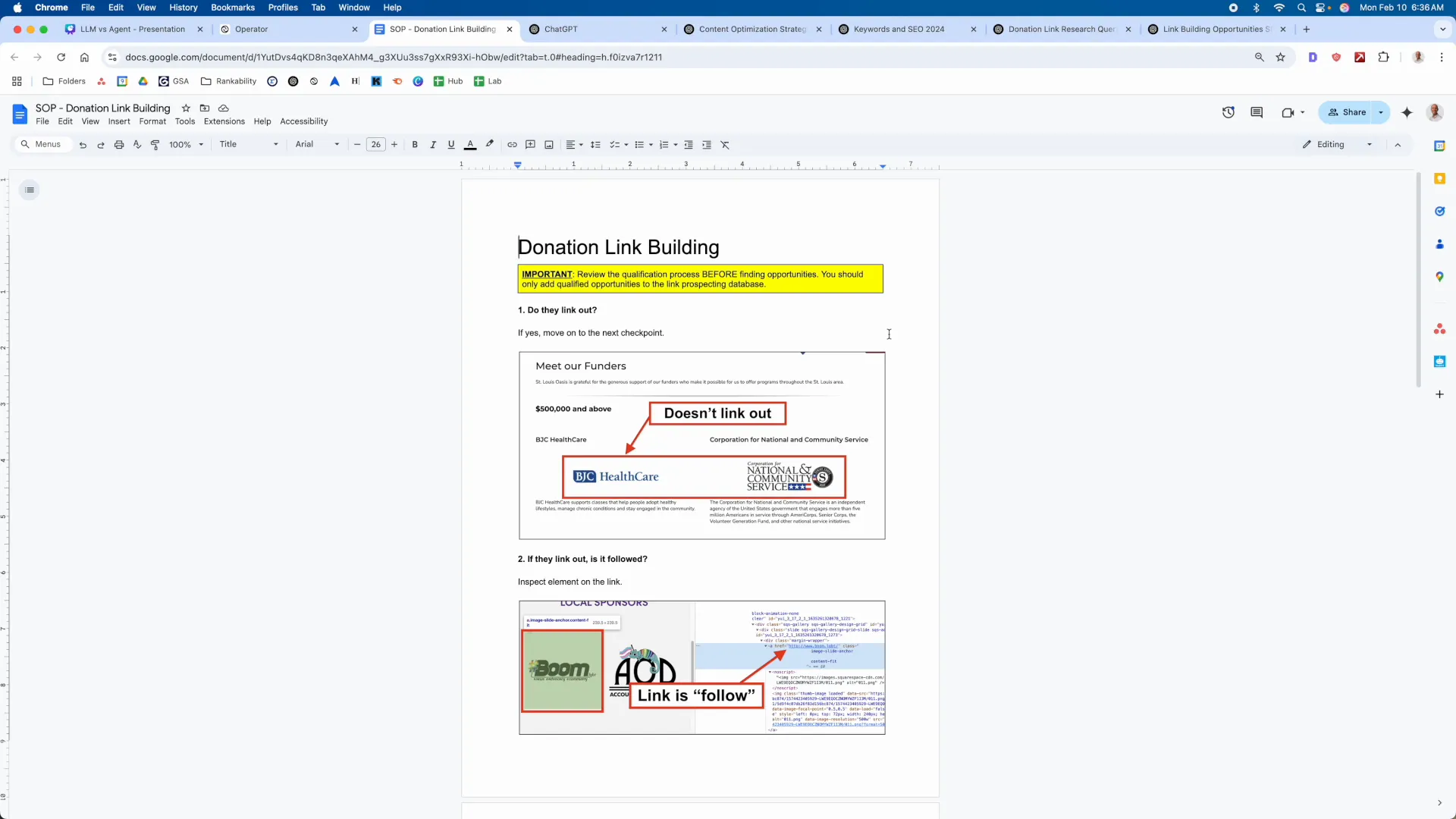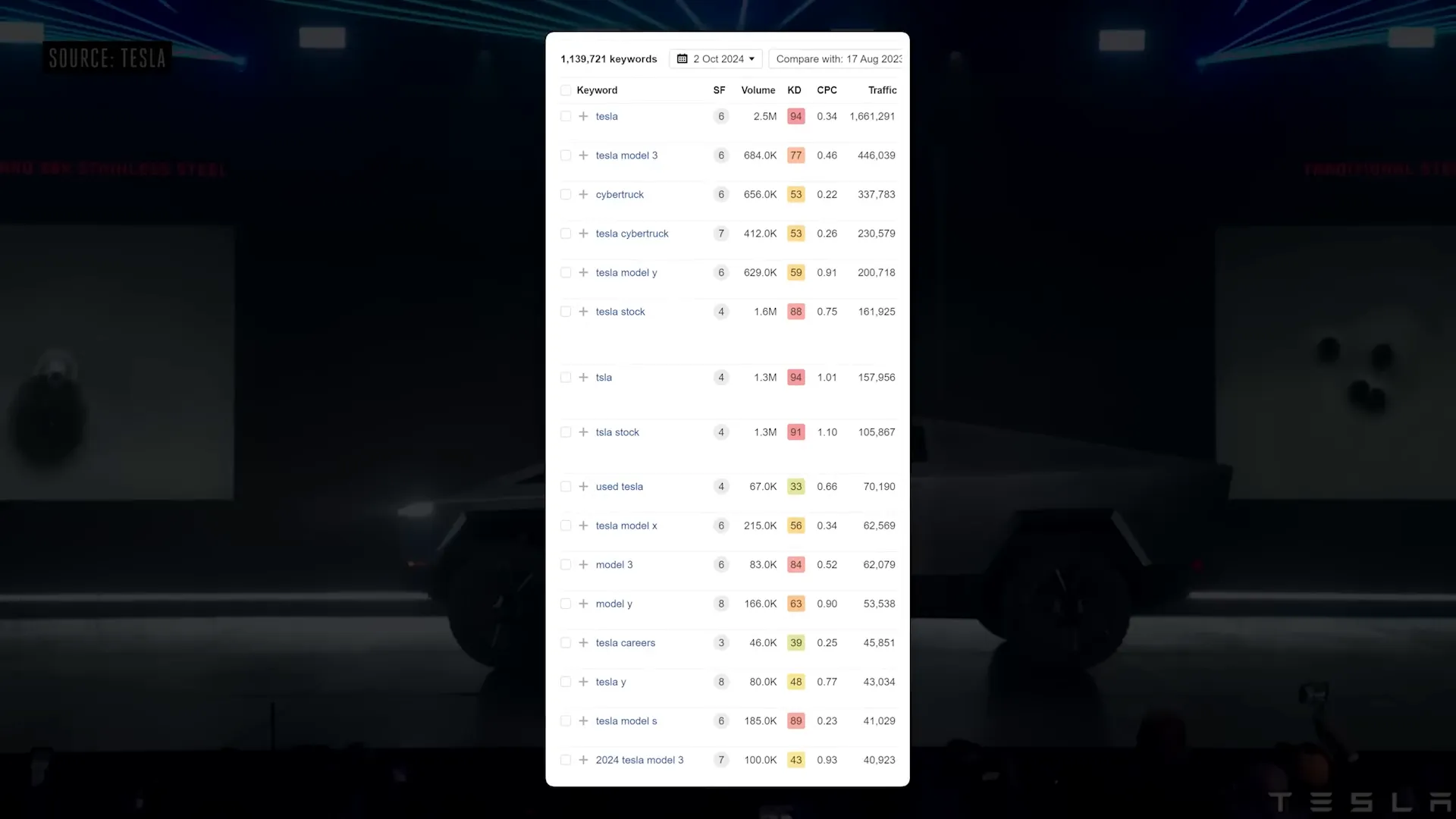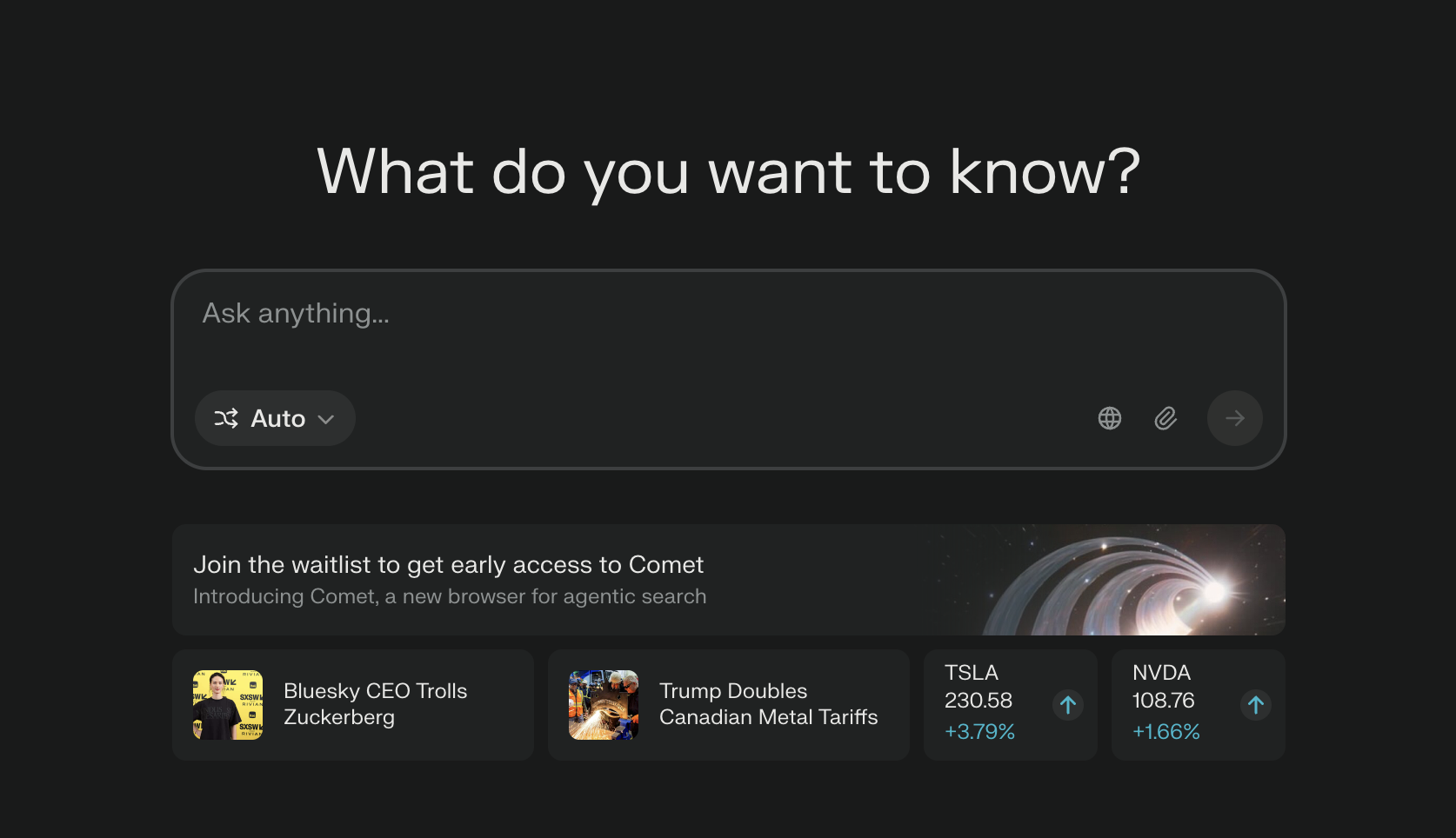TL;DR: I break down Nathan Gotch’s four-pillar plan to get ChatGPT recommending your brand, critique what I’d change, and give a short tactical checklist to implement fast.
I watched Nathan Gotch’s walkthrough of a four-pillar AI SEO blueprint aimed at turning your brand into the top ChatGPT recommendation for your niche. He lays out practical, tactical moves — from technical basics to “competitor seating” and outreach — that map traditional SEO to AI retrieval. Below I summarize what was tested, what worked, where it fell short, and exactly what I’d do differently as an agency owner in Hawaii.
Table of Contents
- What Nathan tested and recommended
- What went right
- What didn’t land for me
- Here’s where I’d run it differently
- Quick tactical playbook (what to do first)
- Strategic checklist (for teams)
- FAQ
- Final thoughts
What Nathan tested and recommended
Nathan’s approach organizes around four pillars:
- Pillar 1 — Nail SEO fundamentals: Ensure your site is crawlable (site: checks and robots.txt), build in crawlable HTML (avoid JS-first no-code sites), and obsess over page speed (target ≤2.5s).
- Pillar 2 — Topic domination: Build deep service clusters and bottom-of-funnel pages (service pages per location), use Rankability to generate optimized drafts, reverse-engineer competitors, and publish lots of pages to learn demand.
- Pillar 3 — Blanket the SERPs: Plant brand mentions across many ranking pages (listicles, comparisons, alternatives). Use ChatGPT agents to discover citation opportunities, export citations, and do outreach or buy sponsored content. Target YouTube creators for additional retrieval signals.
- Pillar 4 — Force trust: Make your brand easy to understand (clear 1–2 sentence entity description), clean NAP across citations (Whitespark), and generate reviews on niche third-party platforms (AVVO, Justia, Angie’s, etc.).
What went right
- He links AI retrieval back to traditional SEO — a core truth. ChatGPT and other LLM-based tools use search results for retrieval when unsure, so ranking matters.
- Actionable and tactical steps: check robots.txt, prefer HTML, speed targets, and step-by-step content generation via Rankability = fast execution for teams.
- “Competitor seating” (listicles + comparisons) is smart: low-competition, high-influence content often surfaces in third-party pages that LLMs cite.
- Outreach + sponsorship recommendation is realistic: ChatGPT doesn’t discriminate between paid vs organic mentions for entity signals.
What didn’t land for me
- Quantity over quality risk: Nathan correctly notes volume can win, but publishing 100 low-value pages can backfire if your UX and expertise signals are weak. Google and models increasingly favor expertise and helpfulness.
- Over-reliance on tools alone: Rankability drafts are great for scale, but without human revision you’ll get thin or generic pages that don’t convert or establish authority.
- Missing structural EAAT steps: schema, entity pages, author bios and authoritative internal linking are mentioned indirectly but not emphasized enough for LLM trust.
- Outreach ops are sketched but operationally heavy: bookmarklets, exporting 50–100 citations, and sending outreach at scale is time-consuming and needs a workflow for follow-ups, tracking, and quality control.
Here’s where I’d run it differently
“If I were running this, I would’ve layered in creator partnerships upfront.”
- Start with entity-first pages: Create a concise: “Who we are / What we do” entity page with structured data, key people bios, and a clear 1–2 sentence business description — the same line repeated across assets.
- Prioritize quality clusters over raw volume: Build a template for service pages that includes local intent signals, FAQ, schema, strong social proof, and internal links to pillar pages. Publish 10–20 high-quality pages first, then scale.
- Layer creators early: Pay or co-create content with 5–10 high-visibility YouTubers and bloggers for a fast burst of third-party mentions that LLMs will pick up quickly. “Attention doesn’t always mean action—and this test proved that clearly.”
- Implement entity audits: Use ChatGPT agents and manual checks to find conflicting mentions or misattributed entities. Fix NAP inconsistencies and duplicate listings before scaling content outreach.
- Control for conversion: Optimize pages for speed, add conversion hooks, and A/B test CTAs. Nathan cited a statistic: “one second delay can lead to a 7% decrease in conversions.” That matters when your top-of-AI traffic arrives.
- Quality outreach over mass spamming: Prioritize listicles on authority sites and record outcomes; invest in sponsored placements for Dream 100 targets where relevance is high.
Quick tactical playbook (what to do first)
- Run a crawl and robots.txt check. Fix Disallow issues and ensure HTML-rendered content.
- Publish an entity page: 1–2 sentence business definition + schema + owner bio + contact info (consistent NAP).
- Audit speed and aim for ≤2.5s page load (image optimization, CDN, critical CSS).
- Create 10 optimized service pages using a content template (intent signals, FAQ, schema, internal links).
- Perform competitor seating: publish 10 listicles/comparisons/alternatives that mention target competitors and your brand organically.
- Assemble Dream 100, outreach to listicle authors, and secure at least 5 authority mentions (organic or sponsored).
- Identify top niche review platforms and push review acquisition there; monitor with Whitespark or similar.
- Track Search Console queries to unwrap hidden demand and spin up pages where intent differs.
Strategic checklist (for teams)
- Robots.txt & crawlability — fixed
- Site renders in HTML (not JS-only)
- Core Web Vitals under target
- Entity page + structured data live
- 10 quality service pages published
- 10–20 listicles/comparisons published externally or via outreach
- Dream 100 outreach / sponsored plan in place
- Niche review platform review funnel created
- Ongoing Search Console + analytics monitoring
FAQ
Can ChatGPT really recommend my brand?
Yes—when LLMs rely on retrieval they draw from publicly available, authoritative sources. Rank in the SERPs, get cited on listicles, and show consistent entity signals and you’ll be visible in AI recommendations.
How long will this take to show results?
Expect weeks to months. Technical fixes and a few high-authority mentions can move the needle faster; broad topic domination is a 3–9 month play depending on competition.
Paid mentions vs organic links—does ChatGPT care?
Nathan points out ChatGPT doesn’t discriminate between paid and organic mentions. From an AI-retrieval standpoint, the signal is a signal. That said, for long-term SEO and conversions, prioritize credible, relevant placements.
Which review sites matter?
It’s niche-specific: AVVO and Justia for lawyers, Angie’s for home services, etc. Use a discovery prompt or tools to map high-value platforms and drive reviews there.
Final thoughts
I appreciate Nathan’s tactical, no-fluff approach. His playbook is a practical bridge between classic SEO and the new retrieval-driven AI landscape. My adjustment would be to bias initial efforts toward high-quality entity signals and creator partnerships to accelerate trust and conversion when AI referrals arrive. If you want a ready-made checklist to hand to your team, follow the strategic checklist above and prioritize speed, entity clarity, and targeted authority mentions.
Credit: Original video by Nathan Gotch — watch it for the step-by-step demonstrations and templates.






